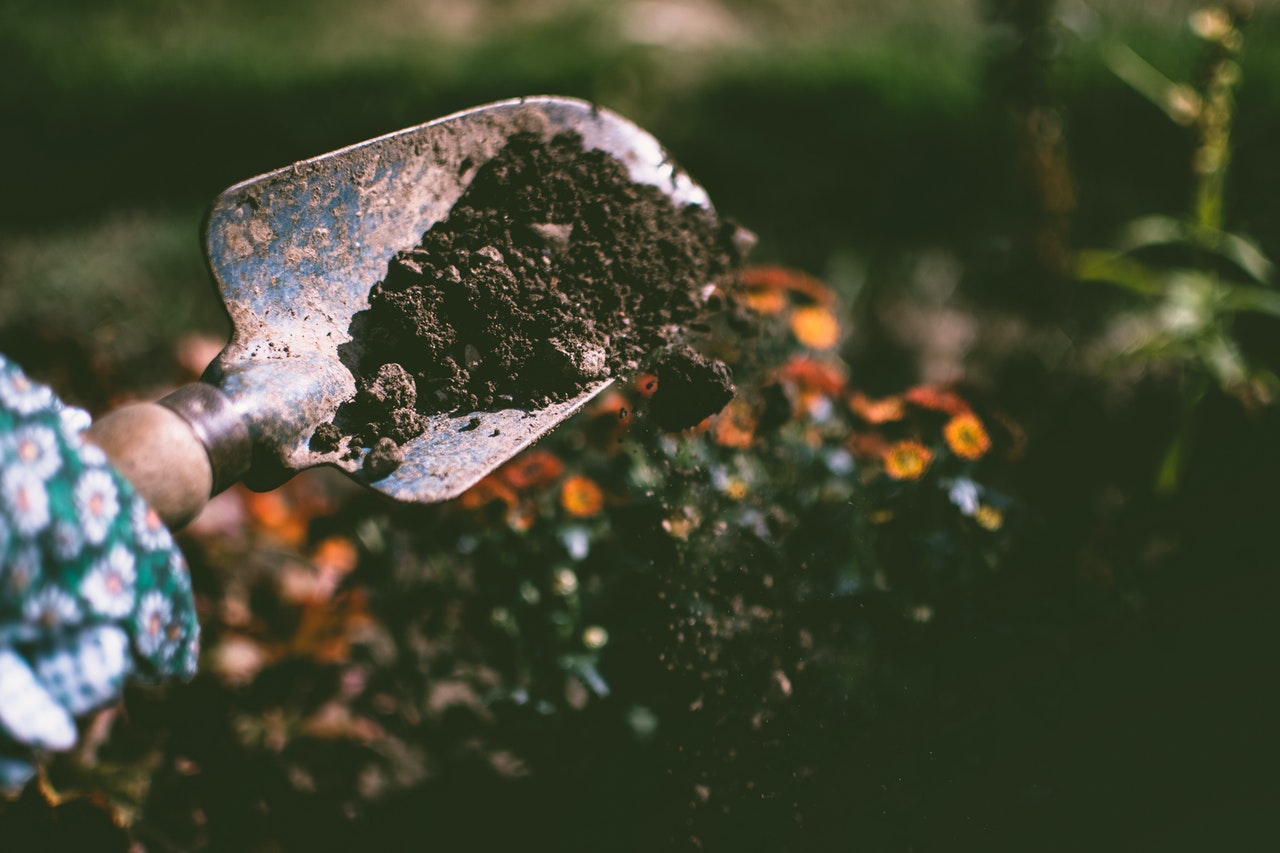A perfectly manicured lawn makes any house look more idyllic. It’s the cherry on top of a sundae, the sundae being your home and its immediate surroundings. A lawn makes one house look more inviting, and keeping it looking good raises a home’s value. And think about it: If the people living there have kids or pets that like to run around, a lawn is a better area to do so than out on the road. It’s just one of the reasons why you just bought your new home.
Once you’ve dealt with the moving services and the settling in, you’re now faced with maintaining your new home. But keeping a lawn requires specific skills and a great attitude. That’s where you come in. Landscape maintenance is tricky because lawns are artificial features, and every time you visit a client, you’re bringing your company’s reputation with you, as well as your own.
Here are five gardening secrets that will help you develop a magazine-worthy lawn.
1. Stay away from sodium
In the landscaping industry, salting means sprinkling treated salt over a lawn to keep it from icing over in the winter. This is also what traffic safety officers do on roads and pavements to avoid accidents and slipping on black ice. But what master gardeners do is to avoid it. Why? Because salting a lawn will help melt ice and snow, yes, but once the ice melts, it goes back down into soil again.
Salting a lawn can damage the soil underneath it, which other landscape professionals tend to overlook. High sodium levels in soil can affect an entire garden’s health, which will eventually lead to spoiling the lawn. The grass will not grow in patches of soil that have a high salt level. If a client insists on having their lawn salted, a master gardener will take the time to warn them about the potential risk to their soil.
2. Let the grass be
A professional gardener knows when they have cut too much or too little of the grass in a lawn. Overcutting happens when gardeners think that “short” always equals “clean,” when this is a rookie mistake. Cutting the grass too short will weaken it further because once the leaves are cut too short, the grass can’t produce as many nutrients as it used to, making the roots have to compensate for this loss. Scalping a lawn will only shorten its lifespan.
A rule of thumb that experts always follow is to cut at least a quarter of a blade of grass. Think of it as cutting off split ends– you’re making the rest of the grass grow healthier roots and leaves when you cut off just the right amount. Knowing how to cut grass properly can bring you a fuller lawn that will be more resistant to weeds and even pests.

3. Practice sustainable disposal
A true gardener will always look to more sustainable ways to work on a lawn. After mowing a lawn, keep the grass clippings and use them for organic mulch. Collecting them for trash disposal (like some companies urge their landscape artists to do) will be tedious.
Clippings used as mulch help protect the soil and return the grass’ minerals into it. It’s a more earth-friendly way of taking care of clippings instead of collecting them and simply dumping them. A master gardener takes care of the soil as much as what grows through and on top of it, so keep this secret in mind.
4. Don’t work in inclement weather
It doesn’t take a rocket scientist to understand that working in rainy or wet weather is not only risky for you but also for the lawn itself. Some companies don’t offer insurance for their staff, so if you try to brave a rainy day and end up slipping and falling, you might have to end up paying hefty hospital bills on your own. Unless you’ve signed a sure contract that will cover for you in the event of an accident like that, stay inside and reschedule.
Working on a lawn while the grass is wet will also damage the grass. Mowing the grass while it’s wet will cause the grass blades to sag and drop. Mowing wet grass is difficult, and you will end up with an uneven cutting job. Save the grass cutting for a sunny day, when the blades are dry and standing upright. You’ll get a cleaner result that way.
5. Go easy on the fertilizer
Too much of a good thing is a bad thing, and in the case of fertilizing your client’s lawn, you might want to keep this in mind. When adding fertilizer to the soil, you have to factor in the timing and the weather. When the forecast says there’s incoming rain, adding fertilizer will end up in a waste of potential nutrients because the rain washed it away.
Adding the right amount matters. If you over-fertilize, you run the risk of messing up the soil’s fertility. Fertilizers may contain potassium and nitrogen, which in high concentrations, can do more harm than good. When adding fertilizers, avoid being heavy-handed.
A final word
Becoming a home gardener is tough, but building a good reputation for yourself and your company will pay off well. Clients that are satisfied with the service and the care you put into their lawn will talk about it, leading you to more potential clients and forming good connections in the business.



















